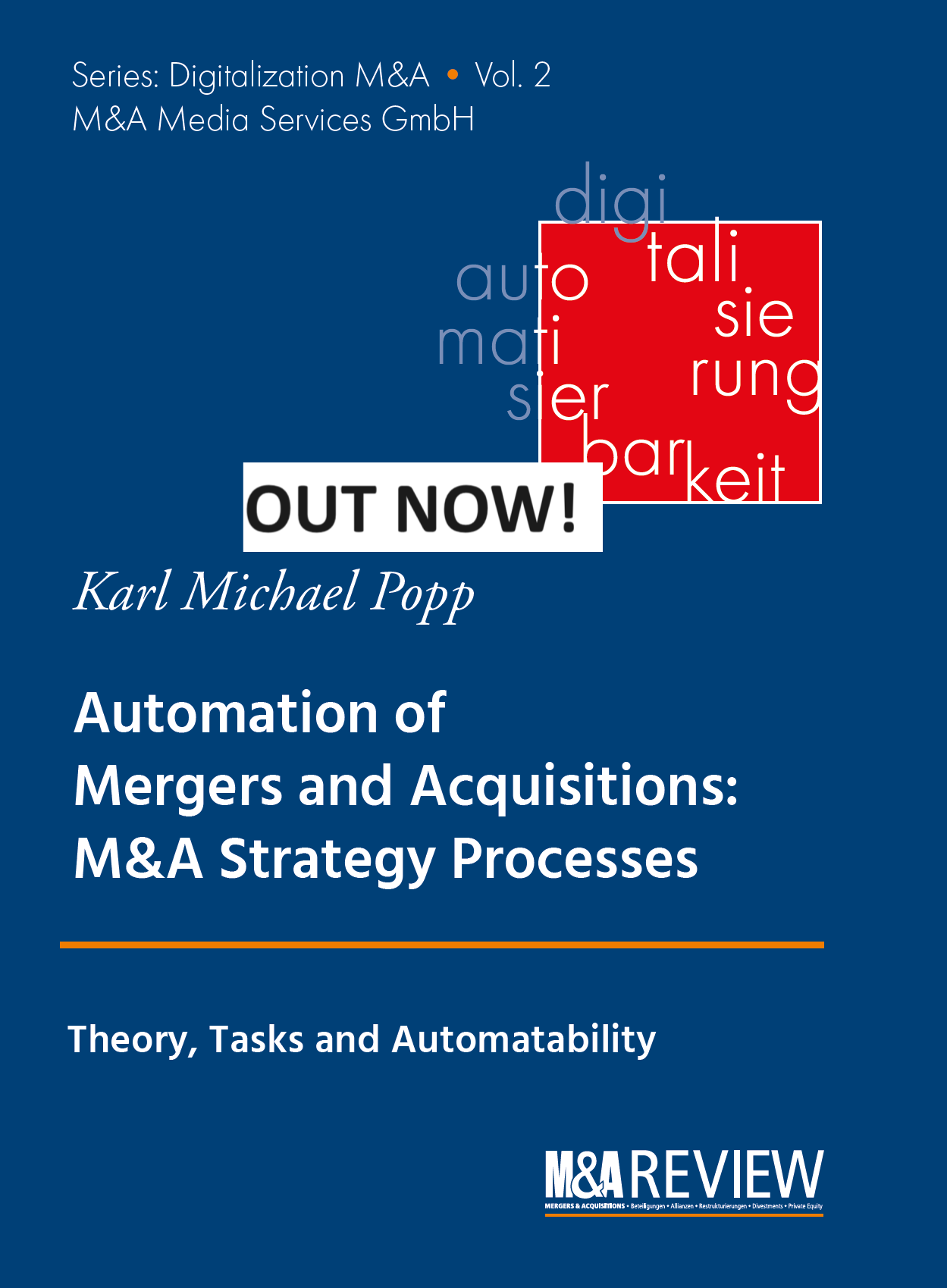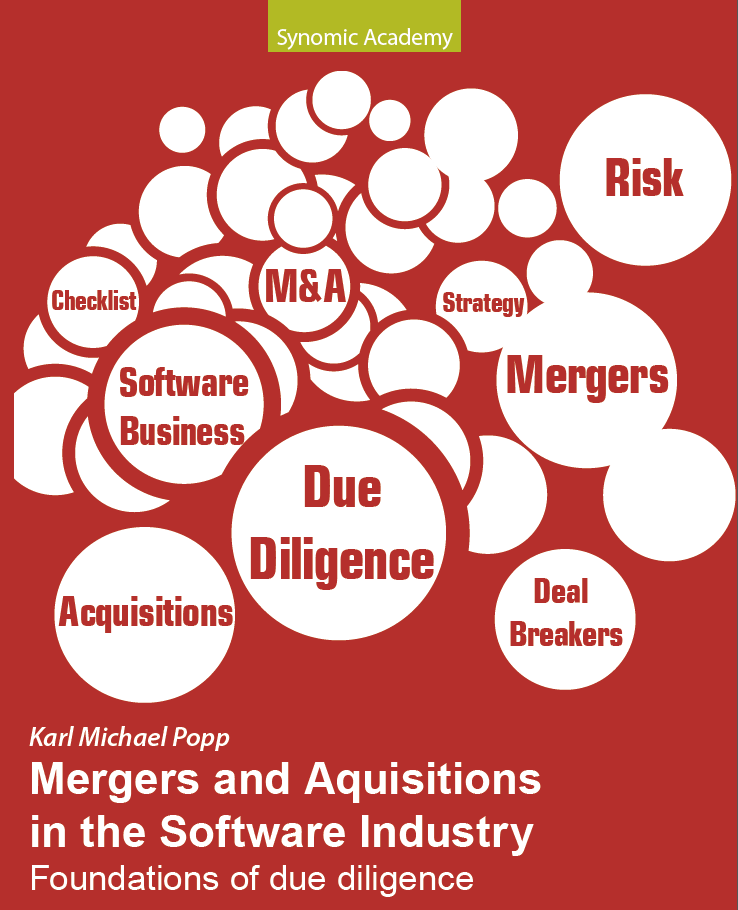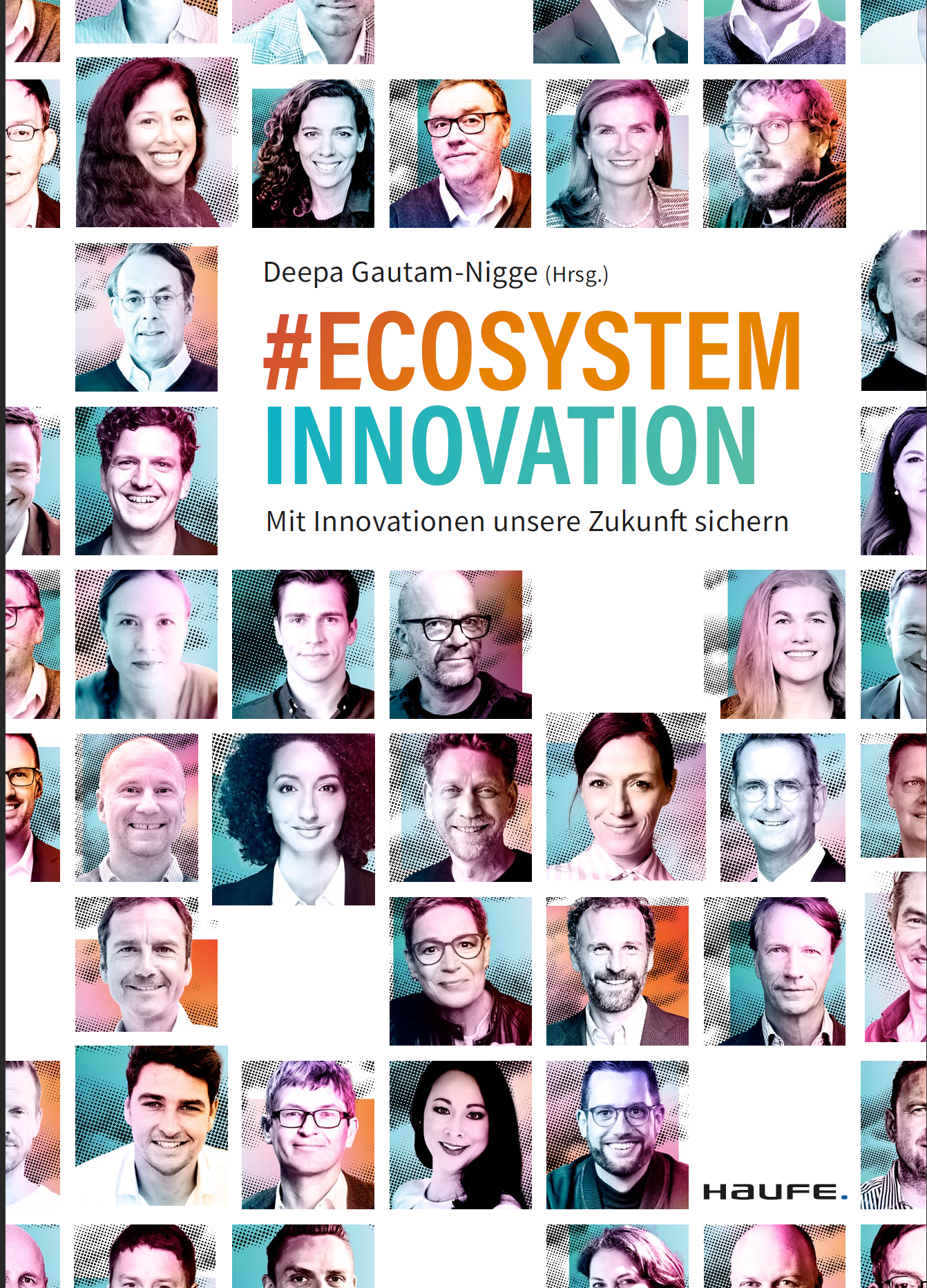M&A: Deriving Strategic Initiatives for Future Product Modifications from Technical Due Diligence
Deriving Strategic Initiatives for Future Product Modifications from Technical Due Diligence
Technical due diligence constitutes a fundamental process that rigorously evaluates the technical dimensions of a product or enterprise, frequently occurring during mergers and acquisitions or investment assessments. This evaluative process not only scrutinizes the existing technological landscape but also furnishes insights that can inform prospective product innovation and strategic decision-making. The following delineates how to formulate strategic initiatives for future product modifications based on technical due diligence analyses:
1. Identify Key Technical Strengths and Weaknesses Assessment: During the due diligence process, critically evaluate the current technology stack, architectural framework, and operational methodologies. Action: Utilize this evaluation to pinpoint areas of technical proficiency that can be capitalized upon and deficiencies that necessitate rectification.
2. Evaluate Scalability and Flexibility Scalability: Ascertain whether the existing technology infrastructure possesses the capability to accommodate anticipated growth. Flexibility: Examine the extent to which the technology can seamlessly adjust to emergent requirements or alterations in the market landscape. Action: Strategically plan for necessary upgrades or comprehensive redesigns to ensure sustained scalability and adaptability.
3. Analyze Technical Debt Understanding: Identify any existing technical debt that may impede future development initiatives. Action: Formulate a structured plan aimed at addressing and mitigating technical debt over an extended timeframe.
4. Review Compliance and Security Compliance: Verify that the product adheres to all pertinent regulatory standards. Security: Conduct a thorough evaluation of the security protocols currently implemented. Action: Enact requisite modifications to bolster both compliance and security measures.
5. Incorporate Feedback from Stakeholders Engagement: Solicit input from technical teams, management personnel, and other relevant stakeholders. Action: Leverage this feedback to ensure that product modifications are congruent with business objectives and user requirements.
6. Develop a Roadmap for Implementation Prioritization: Rank proposed changes according to their potential impact and feasibility of execution. Timeline: Establish a structured timeline for the implementation of changes. Action: Ensure that the roadmap remains adaptable to accommodate unforeseen challenges or emergent opportunities.
Conclusion
Through a systematic examination of the outcomes derived from technical due diligence, organizations are positioned to formulate a strategic framework for future product modifications that enhance operational performance, ensure regulatory compliance, and align with overarching business objectives. This proactive methodology not only mitigates inherent risks but also strategically positions the product for sustained long-term success.
This relates to my new book “Automation of Mergers and Acquisitions“.









